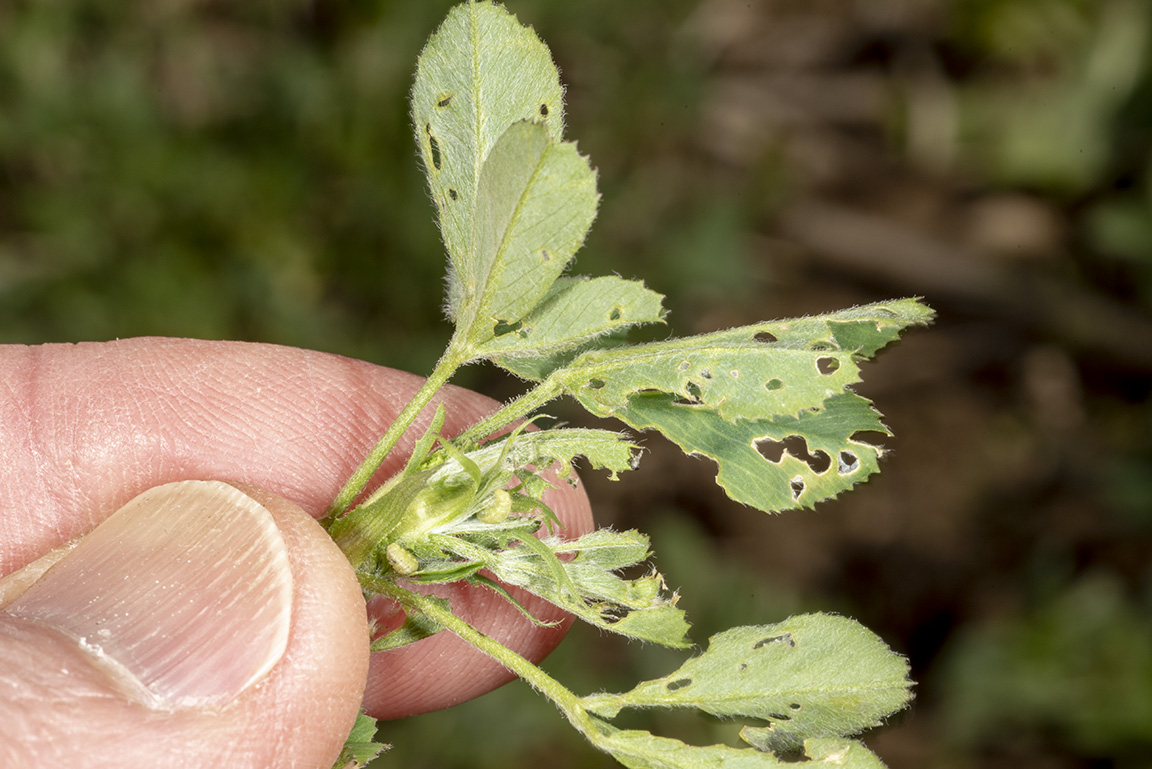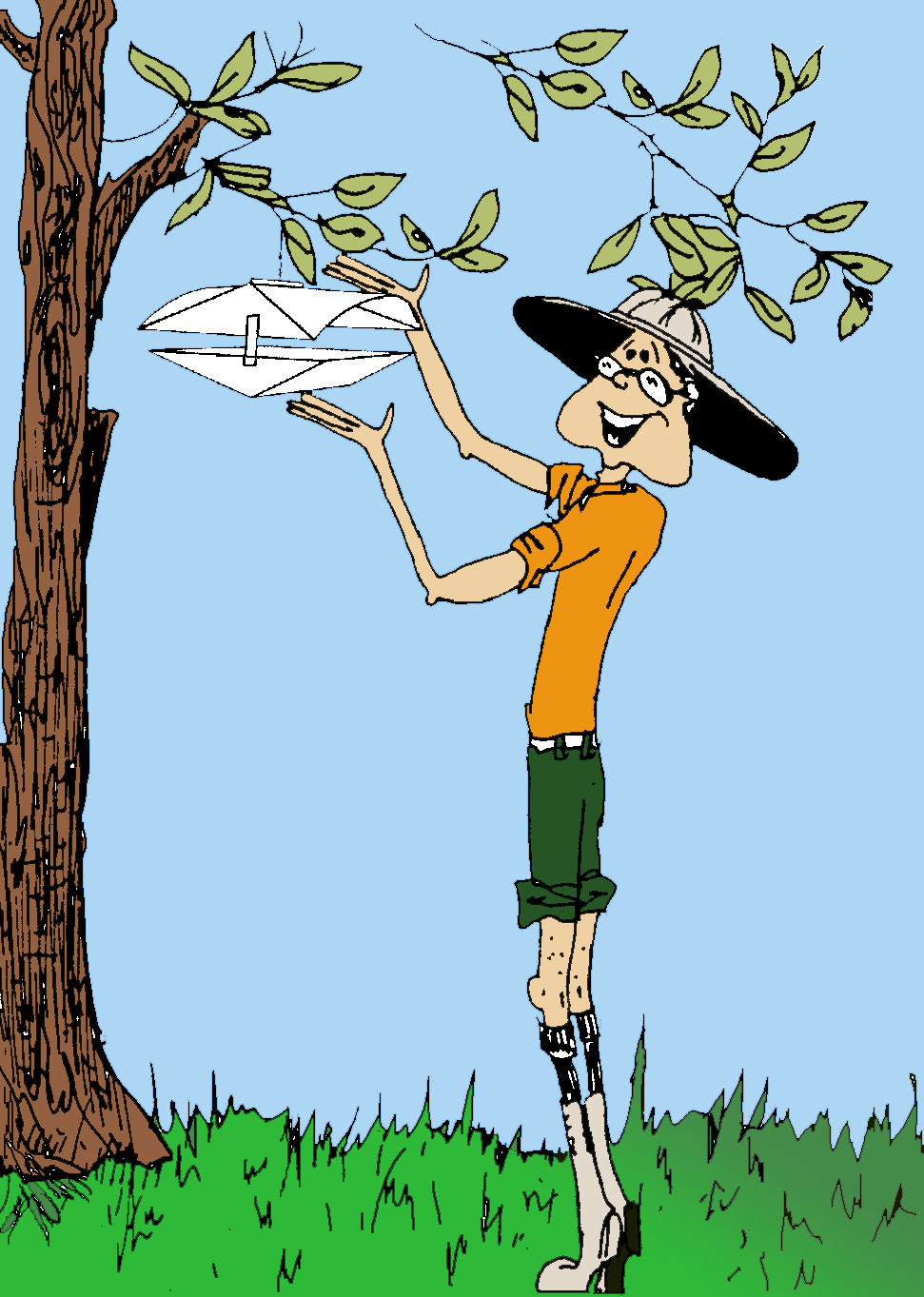Armyworm Pheromone Trap Report – 2021
247 articles tagged "Insects".

Recent reports from pest managers in northern counties have indicated that weevil damage and larval numbers are very high, well in advanced for this date, see accompanying map below.
Sampling an alfalfa field to determine the extent of alfalfa weevil damage and average stage of weevil development is best accomplished by walking through the field in an “M-shaped pattern.”
Armyworm Pheromone Trap Report – 2021
2021 Black Cutworm Pheromone Trap Report Form
2021 Black Cutworm Pheromone Trap Report Form
Armyworm Pheromone Trap Report – 2021

Black cutworm trap cooperators have detected that moths are beginning their traverse to Indiana this past week.
2021 Black Cutworm Pheromone Trap Report Form
Armyworm Pheromone Trap Report – 2021


